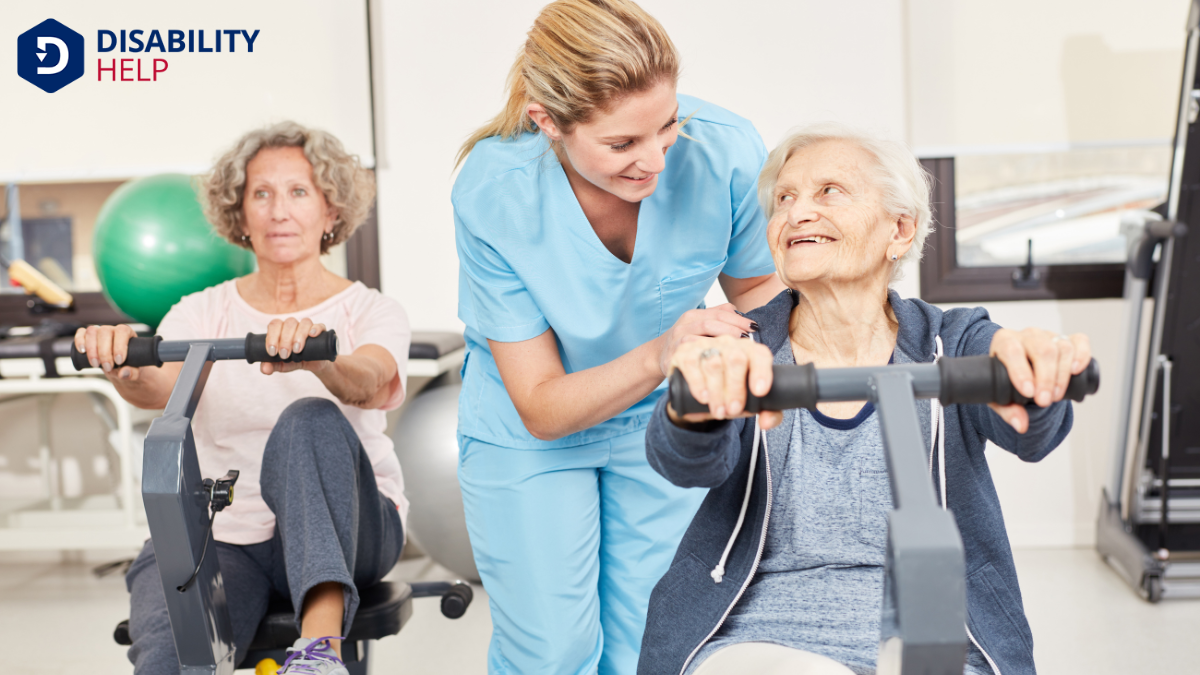Let's explore the four types of training that can enhance our mobility and keep us moving with ease. We'll delve into dynamic stretching, which gets our bodies ready for action by boosting flexibility. Proprioceptive training sharpens our balance and body awareness. Strength training builds the muscle support our joints need, while stability exercises focus on core strength and control. Curious about how these methods work together to transform our movement?
Key Takeaways
- Dynamic stretching enhances flexibility and coordination, preparing the body for physical activity.
- Proprioceptive training improves balance and spatial awareness through targeted exercises.
- Strength training supports mobility by increasing muscle mass and joint stability.
- Stability and control exercises enhance core strength and adaptability to various positions.
- Combining these training types maximizes overall mobility and reduces injury risk.
Dynamic Stretching
Dynamic stretching is an essential component of any mobility improvement regimen. It prepares our bodies for movement by gradually increasing range of motion, which helps prevent injuries. Unlike static stretching, dynamic stretching involves active movements that mimic the activities we’re about to perform. This approach boosts circulation, elevates muscle temperature, and primes our joints for action.
When we incorporate dynamic stretching into our routine, we can enhance flexibility and coordination. Think of movements like leg swings, arm circles, or torso twists. These exercises improve our functional range, making daily activities easier and more comfortable.
Proprioceptive Training

Proprioceptive training is an essential aspect of enhancing our mobility and overall movement quality.
It focuses on improving our body’s ability to sense its position, movement, and balance. When we engage in proprioceptive exercises, such as balancing on one leg or using a stability ball, we boost our neural pathways, helping our brain communicate more effectively with our muscles and joints.
Strength Training
Strength training, although often associated with building muscle mass, is an essential component of improving mobility. By focusing on strengthening our muscles, we enhance not only our movement range but also our ability to perform daily activities efficiently.
Here’s how it benefits our mobility:
- Joint Support: Strong muscles provide better support to our joints, reducing the risk of injury and enhancing movement fluidity.
- Increased Flexibility: Engaging in strength exercises can improve flexibility by allowing muscles to stretch and contract more effectively.
- Enhanced Balance: Stronger muscles contribute to better balance, helping us maintain stability in various positions.
- Improved Body Mechanics: With enhanced strength, our body mechanics become more efficient, reducing strain during movements.
Let’s embrace strength training and unleash our full mobility potential!
Stability and Control Exercises
When we incorporate stability and control exercises into our routine, we build a foundation for enhanced mobility. These exercises target our core muscles and help us maintain balance during movement.
By focusing on stability, we improve our body’s ability to adaptA grassroots disability rights organization in the U.S. that focuses on promoting community-based se... to different positions and surfaces, which reduces the risk of injury.
Let’s explore some practical exercises. Planks and single-leg stands strengthen our core and challenge our balance, while bird dogs enhance our coordination.
Stability balls and balance boards are excellent tools to add variety and intensity. As we progress, incorporating dynamic movements like lunge variations can further refine our control.
Conclusion
Incorporating these four types of training into our routine can greatly boost our mobility and overall physical well-being. By engaging in dynamic stretching, we enhance our flexibility and prepare for movement. Proprioceptive training helps us develop better balance and body awareness. Strength training builds the muscle support we need around our joints, while stability exercises strengthen our core, offering better control. Together, these approaches help us move confidently and reduce injury risk. Let's embrace this holistic approach!






